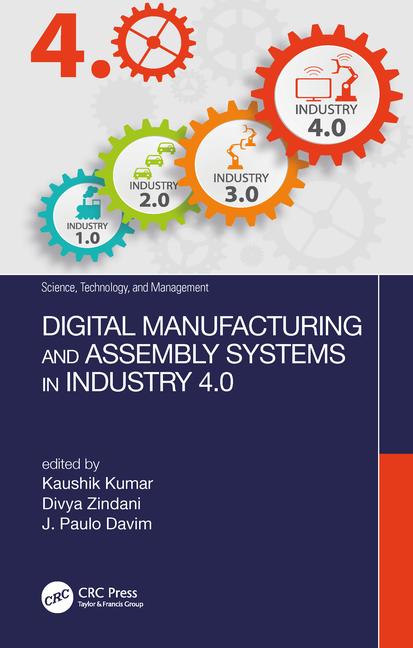The company, which employs 900 people at its Falkirk, Scotland, factory, builds about 20 aluminum bus bodies a week onto customer-supplied chassis.
As well as finished buses and coaches, the Falkirk factory also manufactures body kits for shipment to its Belfast, Northern Ireland, assembly plant and to factories in Asia. The company has been exporting buses, either fully built or in kit form, for over 20 years.
All five new bodies in the ALX range were designed using Radan’s software. The software allows designers to create 3D solid models of complete bodies and subassemblies. The software then automatically creates detailed drawings from these models. The software also helps generate the data needed to create the program for machining the mainly aluminum body components and panels. The CAD data is used to program CNC turret punching machines. Similar data is also used to program four-axis CNC vertical machining centers used for milling and drilling cut-outs, slots and holes in aluminum extrusions up to 9 meters long. Radan data can be passed electronically to the Edgecam system that programs these machines.
There is automatic two-way data exchange between the solid models and the detail drawings. Any changes to a design will result in a modified assembly or detailed drawing. The software also automatically updates data for machine programming.
Today, 56 workstations are equipped with Radan software. Thirty-four stations are used for designing and drafting in the engineering department in Falkirk. Three are in the computer numerical control (CNC) programing office on the shop floor. There are five in the company’s assembly plant in Belfast and six in a satellite design office, which has been set up in Lancashire, England. There are eight workstations at the vehicle panel manufacturer, Mayflower Vehicle System, in Coventry, England.
All the workstations in the engineering department are networked to each other and to workstations at Alexander’s manufacturing plants.
This integration ensures that when individual features, such as fixing holes, are designed into one component, there will be corresponding features in any mating component. Also, with any deletion or repositioning of a feature on one part, the other affected parts are also modified.
"We don’t want the 2D part drawing changed without a corresponding change made to the 3D model. We can drive all the changes from the design model. The aim is to have all the parts in one directory and be made from the same design data," says Richard Murdoch, senior design engineer at Alexander.
This change has contributed to improvements in accuracy and speed of body assembly. Prior to investment in CAD, CAM and CNC machines for punching, milling and drilling, these operations relied on bench drills, jigs and fixtures, and manual skills during body assembly.
Today, the integration of the design and manufacturing processes provides accuracy, repeatability and freedom from error. As a result bodies are assembled more quickly with less parts.
With the ALX bus bodies, the number of parts decreased by 20 percent compared with previous models. The time taken to build a body has also reduced dramatically. It now takes approximately half the time to build the ALX 200 single-decker bus compared with its predecessor.
For more information on computer-aided design and computer-aided manufacturing software, call 44-1225-320320, visit www.radan.com.





